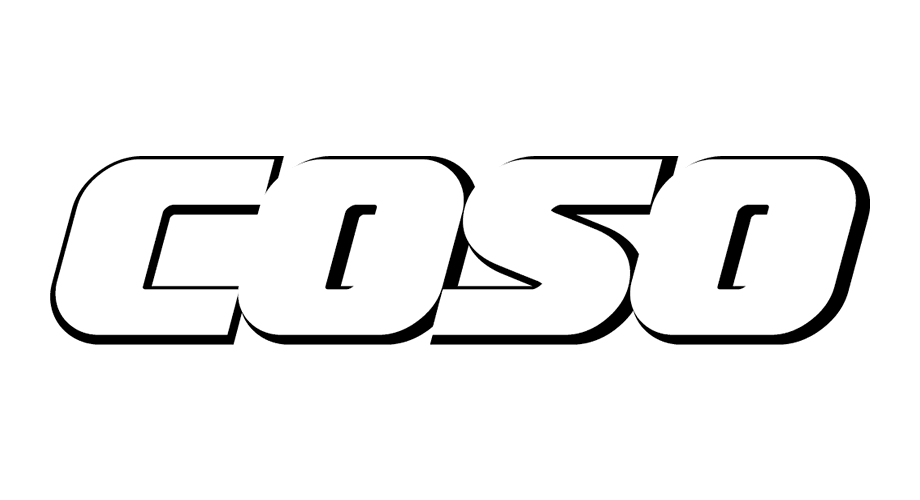Committee of Sponsoring Organizations of the Treadway (COSO) is a voluntary Commission formed by representatives of five private sector organizations in the US, to provide intellectual leadership in the face of three interrelated issues: business risk management (ERM), internal control, and deterrence of fraud. The organizations are:
- American Accounting Association (AAA)
- American Institute of Certified Public Accountants (AICPA)
- International Finance Executives (FEI), the Institute of Internal Auditors (IIA)
- National Association of Accountants (now the Institute of Administrative Accountants [AMI]).
Founded in 1985 in the US, COSO studies the factors that give rise to fraudulent financial information and creates texts and recommendations for all types of organizations and regulatory entities such as the FFMS (Federal Agency for Supervision of Financial Markets) and others.
The reports developed by COSO are documents that contain the main directives for the implementation of management and control systems. Since 1992, the COSO report has become the reference standard.
There are currently 2 versions of this report. The 1992 version and the 2004 version, which incorporates the requirements of the Sarbanes Oxley law into its model.
The COSO report is designed primarily to identify the events that may potentially affect the entity and to manage the risks, provide reasonable security for the administration and for the board of directors of the organization aimed at achieving the business objectives.
COSO II
At the end of September 2004, the COSO II model was created, in response to scandals and irregularities that caused significant losses for investors, employees and other groups of interest within the companies.
Committee of Sponsoring Organizations of the Treadway Commission, publishes the Enterprise Risk Management (ERM) - Integrated Framework and its associated technical applications.
Expanding the concept of internal control, providing a more robust and extensive focus on the identification, evaluation and comprehensive risk management, according to the conclusions of the services of Pricewaterhouse to the commission.
What can be obtained through COSO?
- It provides a frame of reference applicable to any company.
- It helps to achieve the expected results in terms of profitability and performance.
- It conveys the concept that the effort involves the entire organization: From Senior Management to the last employee.
Advantages of Coso
- Allows the management of the company to have a global vision of the risk and to activate the plans for its correct management.
- Makes it possible to prioritize the objectives, key business risks, and the implemented controls, which allows for proper management.
- Safer decision making, facilitating the allocation of capital.
- It aligns the objectives of the group with the objectives of the different business units, as well as the risks assumed and the controls put into action.
- Allows support the activities of strategic planning and internal control.
- Allows compliance with the new regulatory frameworks and demand for new corporate governance practices.
- Encourage risk management to become part of the group's culture.
Some of the benefits of using the COSO standard in organizations are:
- Promote risk management at all levels of the organization and establish guidelines for decision making of managers to control risks and assign responsibilities.
- It helps the integration of risk management systems with other systems that the organization has implemented.
- It helps to optimize resources in terms of profitability.
- Improve communication in the organization.
- Improve the internal control of the organization.

